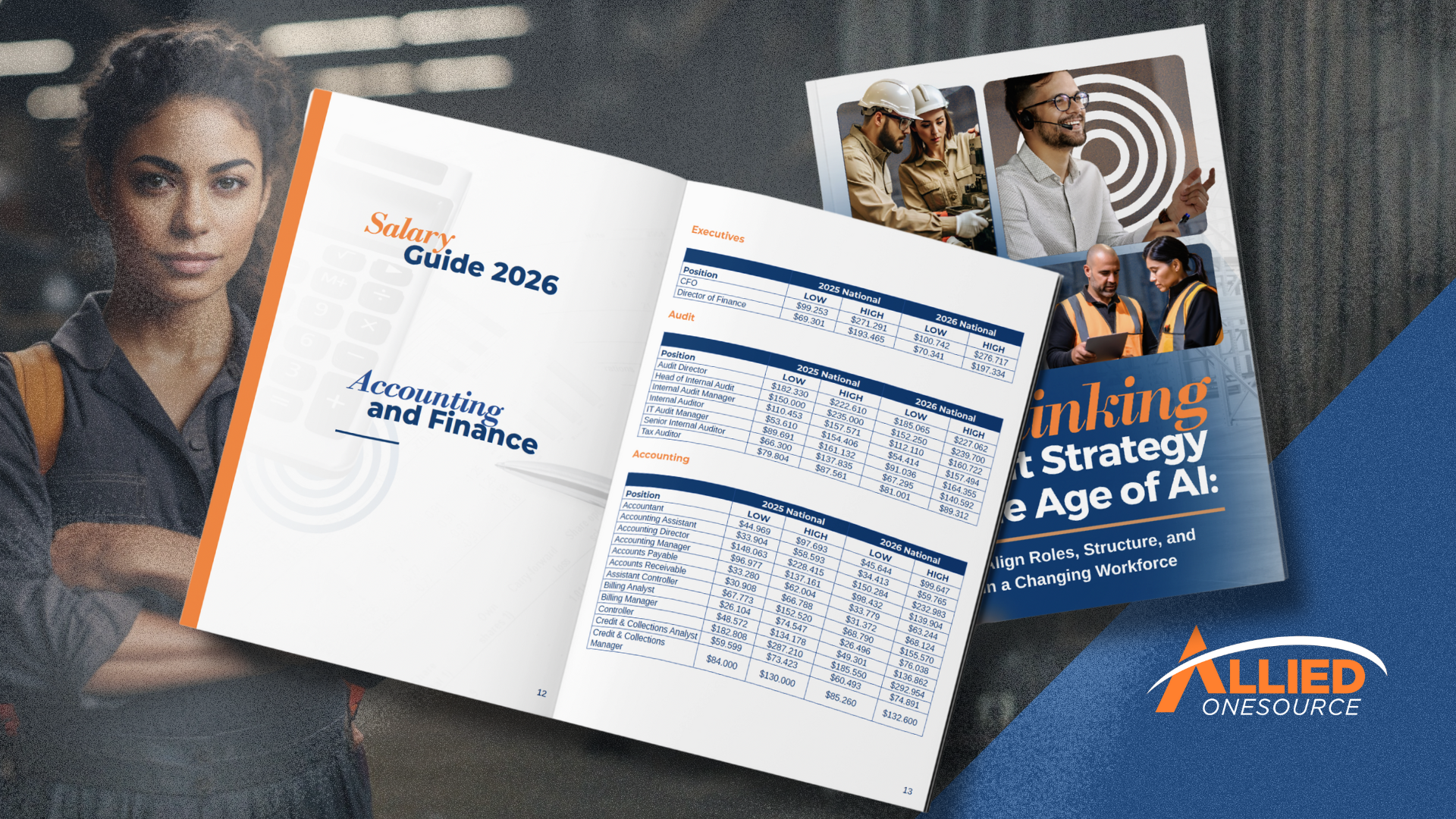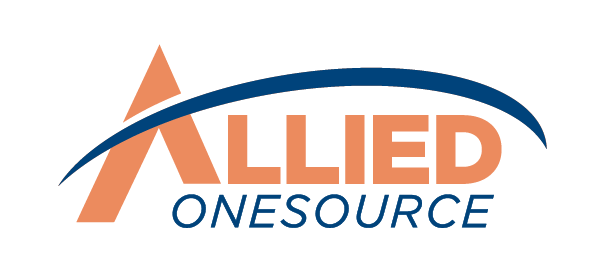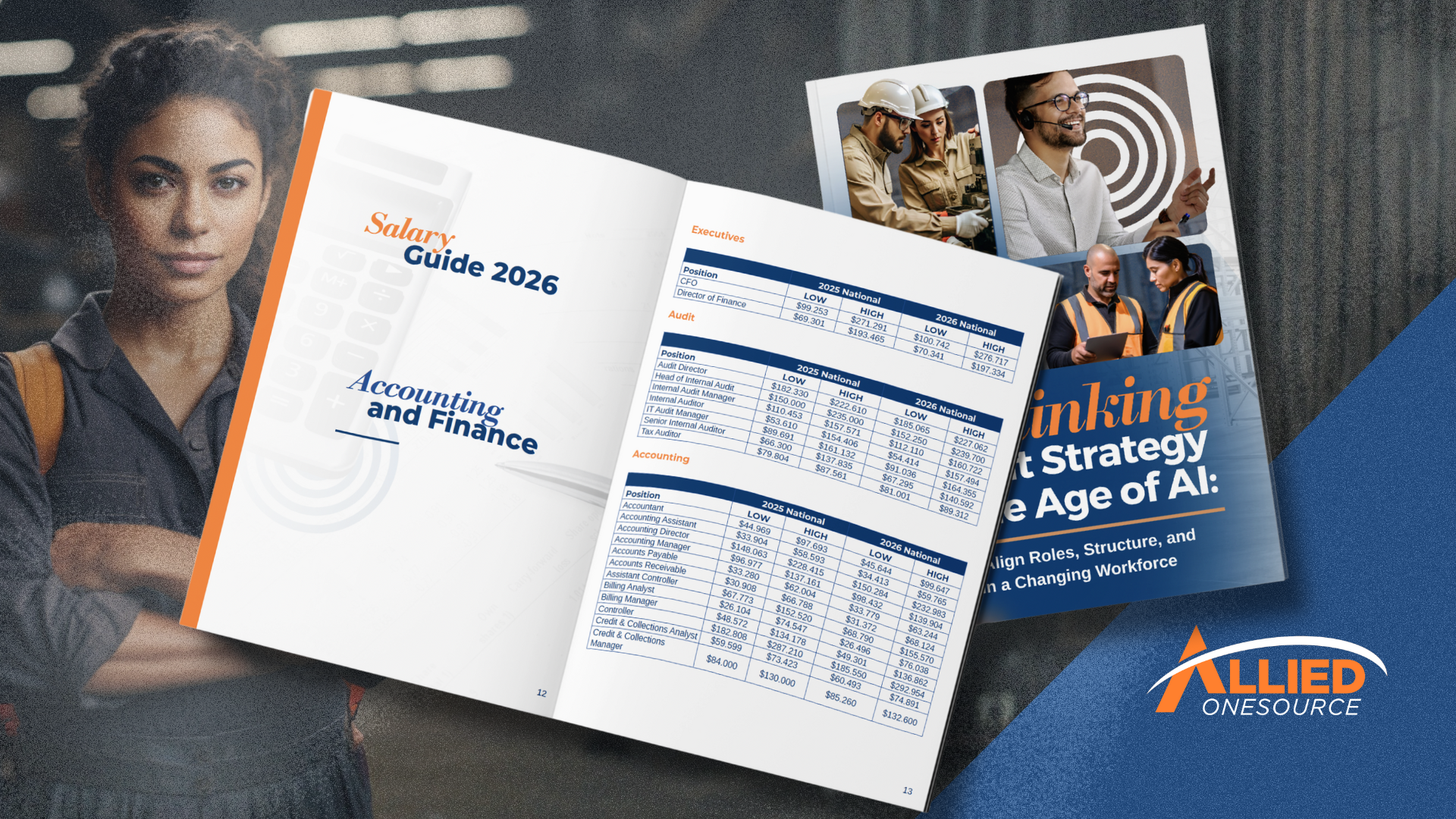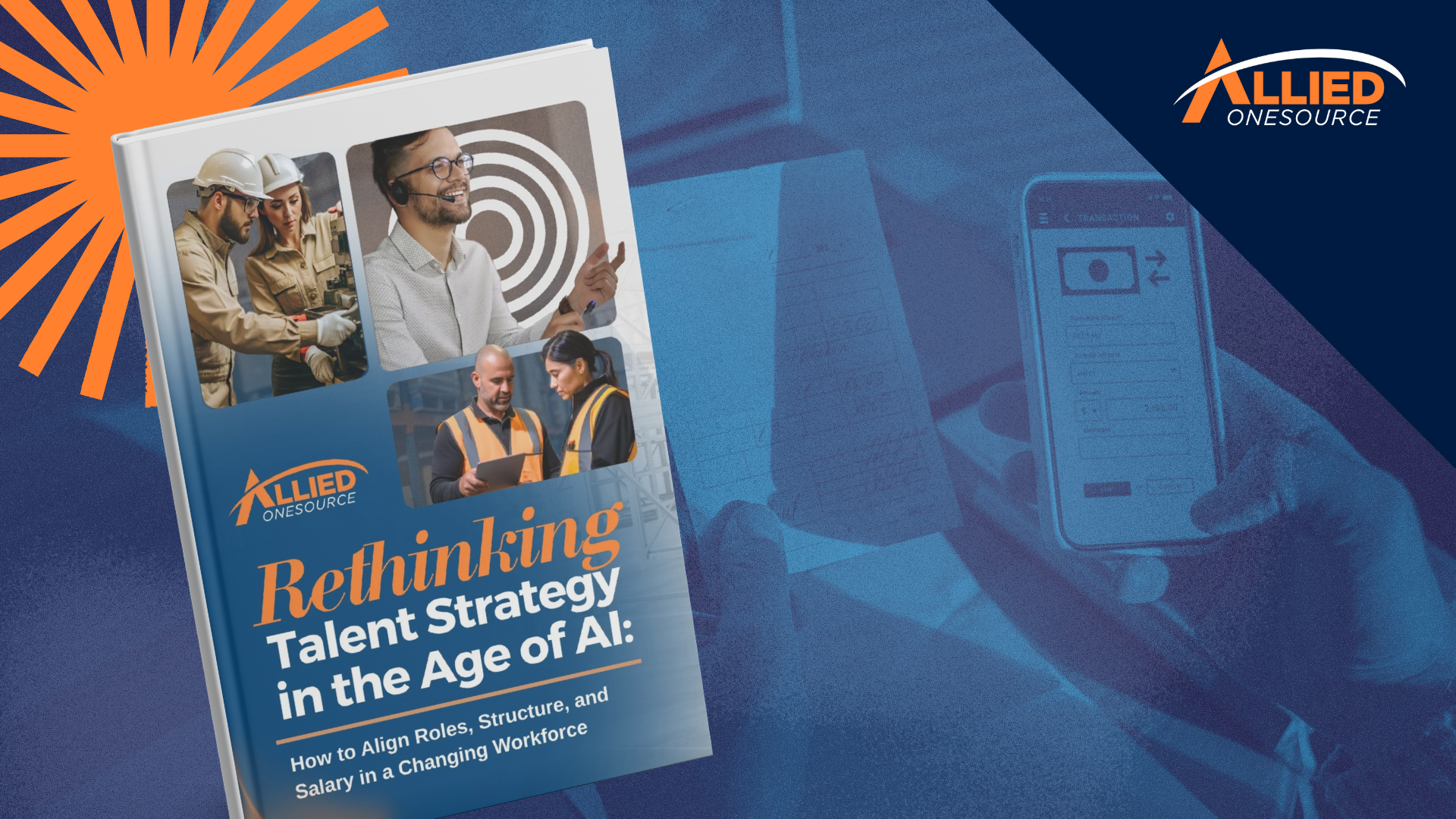Building a Culture of Continuous Feedback: The Key to Employee Development
The workplace has changed significantly recently, with remote and hybrid models reshaping how teams collaborate, communicate, and grow. One of the biggest shifts? The way feedback is delivered. The traditional once-a-year performance review is no longer enough to keep employees engaged and motivated.
Digital collaboration tools now make regular, specific feedback easier to deliver than ever before, creating new opportunities for employee development at all levels. Yet many companies still cling to outdated annual reviews due to unfounded concerns about overwhelming employees or uncertainty about implementation.
Let’s explore why a strong, continuous feedback culture is the key to building high-performing teams.
Why Continuous Feedback Outperforms Annual Reviews
Annual performance appraisals have long been the standard in many organizations, but they come with significant limitations. Waiting months to address performance issues or recognize achievements can leave employees feeling disconnected and undervalued. Annual reviews often focus on past performance rather than real-time growth, making them less effective in driving immediate improvements.
On the other hand, regular feedback allows for faster course correction, ongoing skill development, and stronger engagement. When employees receive regular input, they can adjust their approach in real-time, rather than waiting for a once-a-year evaluation that may no longer be relevant.
In fact, employees who receive daily feedback from their managers are 3.6 times more likely to feel motivated to do outstanding work than those who only receive annual reviews.¹
Modern employees also expect more frequent communication about their performance. Today, professionals, especiallyyounger generations, want timely, actionable feedback to stay motivated and aligned with company goals. Organizations that fail to adapt risk losing top talent to those that embrace a culture of continuous improvement.
Read More: The Importance of Valuing Workers' Wellness and a Slow Work Mindset
How to Give Constructive Feedback
Providing effective feedback is more than the frequency it happens; it’s about making it meaningful and actionable. When done right, feedback can boost performance, enhance collaboration, and strengthen workplace relationships.
Here's how to give feedback that leads to real improvement:
Provide Feedback When It Matters Most
Delayed feedback loses its impact. Providing input in real-time allows employees to course-correct quickly. For instance, if a presentation lacks engagement, waiting weeks to discuss it reduces the chances of meaningful improvement. A more effective approach would be to ask, “How do you think the audience responded? What could have made it more engaging?
Be Clear: Avoid Vague Generalizations
Generic feedback like “Great job!” or “You need to improve” doesn’t help employees grow. Feedback should be direct yet constructive. Saying, “Your report wasn’t very detailed,” is unhelpful. Instead, specify, “The analysis lacked supporting data, which made it harder to justify the recommendations."
Balance Positive and Developmental Feedback
Focusing only on what needs improvement can feel discouraging, while excessive praise without constructive input can hinder growth. A mix of positive feedback and developmental feedback keeps morale high while encouraging continuous progress.
Make Feedback a Two-Way Street
Feedback shouldn’t just flow top-down. Encourage employees to share their perspectives to build trust and collaboration. Managers who ask, “What do you need from me to improve?” create a culture of continuous learning rather than one-sided critique. Remember to check with team members on how you give feedback.
Adapt Your Approach to the Individual
Feedback is only effective if the recipient is open to receiving feedback. So, consider the recipient’s emotions and context when giving one. Consider the employee’s personality, motivations, and current workload before delivering feedback to ensure it’s well received and drives meaningful change.
Ways to Build and Sustain a Continuous Feedback Culture
Creating a strong feedback culture isn’t just about giving feedback but making it a natural part of daily work. Employees should see feedback as a tool for growth, not criticism. That
shift starts with leadership and is reinforced through consistent, open communication. And the good news? You can do this through:
Develop Leadership Feedback Skills
Most managers lack formal training in giving effective feedback. Invest in targeted workshops that teach leaders how to match their feedback approach to different situations. Hard skills require direct, fact-based feedback ("Your code has three syntax errors that need fixing"), while soft skills benefit from a coaching approach ("Let's talk about how that client interaction went and what we might try next time").
Train managers to quickly assess whether an issue is objective (missed deadlines, errors) or subjective (communication style, team dynamics) before giving feedback. For objective issues, be straightforward about the problem and expected solution.
For subjective matters, ask questions first to understand the employee's perspective. This distinction helps managers deliver feedback that employees can actually use rather than feedback they'll dismiss or resent.
Lead by Example
Employees mirror leadership behavior. When managers ask for feedback, admit mistakes, and show a willingness to improve, they make feedback a normal part of team interactions. A simple question like, “What’s one thing I could do better?” can set the stage for open conversations.
When leaders openly seek feedback, they create a two-way street. Employees are more likely to accept and act on feedback when they see their managers doing the same. But asking isn’t enough, leaders must also act on the feedback they receive.
If an employee suggests that team meetings feel rushed, a leader could respond with, “Thanks for that insight. Let’s adjust the agenda to allow more discussion time.” This small action reinforces that feedback leads to real change.
Encourage Peer-to-Peer Feedback
Teams perform better when feedback flows in all directions, not just from managers. Create opportunities for team members to give each other input by reframing feedback as help rather than criticism.
Start meetings with a quick round of appreciation where team members acknowledge specific contributions: "Sarah, your analysis on the last project saved us hours of work." This builds comfort with exchanging perspectives.
Make peer feedback easy and low-pressure. Encourage team members to ask each other questions like, "Would you like my thoughts on that approach?" or "Can I share an observation about that client call?" Set up informal channels for recognition, such as a dedicated Slack channel where people can highlight colleagues' wins.
When teammates see feedback as a way to help each other succeed rather than pointing out flaws, they'll naturally incorporate it into their daily interactions.
Establish Regular Check-Ins
Replace annual performance reviews with consistent, targeted check-ins that create ongoing
employee development opportunities. Structure these conversations at different intervals for maximum impact:
- After key events: Take five minutes following client meetings, presentations, or project milestones for quick debriefs: "What went well? What would you do differently next time?"
- Weekly: Schedule brief 15-30 minute one-on-ones focused on immediate priorities, obstacles, and support needed.
- Monthly: Conduct deeper check-ins to review progress on longer-term goals and identify skill development opportunities.
These layered conversations turn experiences into immediate learning moments without waiting for formal reviews. Maintaining consistent check-in or feedback loop schedules rather than repeatedly postponing them, demonstrates that employee development is a genuine priority driving organizational growth.
Create Meaningful Mentorship Connections
Pair employees with mentors who can provide context-rich feedback outside the manager-employee dynamic. Formal mentorship programs connect staff development needs with internal expertise, while informal "lunch and learn" sessions create organic mentor relationships across departments.
Both approaches give employees a trusted source for candid feedback without the pressure of performance evaluations.
Train mentors to ask powerful questions rather than just offering solutions. When an employee faces a challenge, mentors should start with "What have you considered so far?" or "What's one approach you could try?" This coaching mindset builds critical thinking skills and independence.
The best mentors balance affirming strengths with challenging growth areas, creating a relationship where feedback becomes a valuable resource rather than something to fear.
Use Technology for Scalable Feedback
Implement digital tools that transform sporadic feedback into systematic
employee development. Platforms like 15Five, Lattice, or Culture Amp let managers deliver real-time input, track employee performance trends, and integrate feedback directly into development plans. These systems ensure fair, consistent feedback distribution across departments while measuring its impact on employee satisfaction.
Use analytics dashboards to identify skill gaps, recognize high performers, and flag teams receiving insufficient guidance. The right technology turns abstract feedback principles into measurable outcomes, clearly connecting regular input to improved employee satisfaction metrics and business results.
Build a Continuous Feedback Culture with Allied OneSource
When done right, feedback becomes a tool for employee recognition, engagement, and stronger team collaboration, not just a checkbox on a performance evaluation form. And you don’t have to do it alone.
Allied OneSource is here to give you the talent and solutions that fit you best. We have the right staffing solutions to keep you growing.
Contact us now for a comprehensive employee development strategy.
Reference
- Nelson, By Denise McLain and Bailey. “How Effective Feedback Fuels Performance.” Gallup.com, 19 Jan. 2024, www.gallup.com/workplace/357764/fast-feedback-fuels-performance.aspx.











